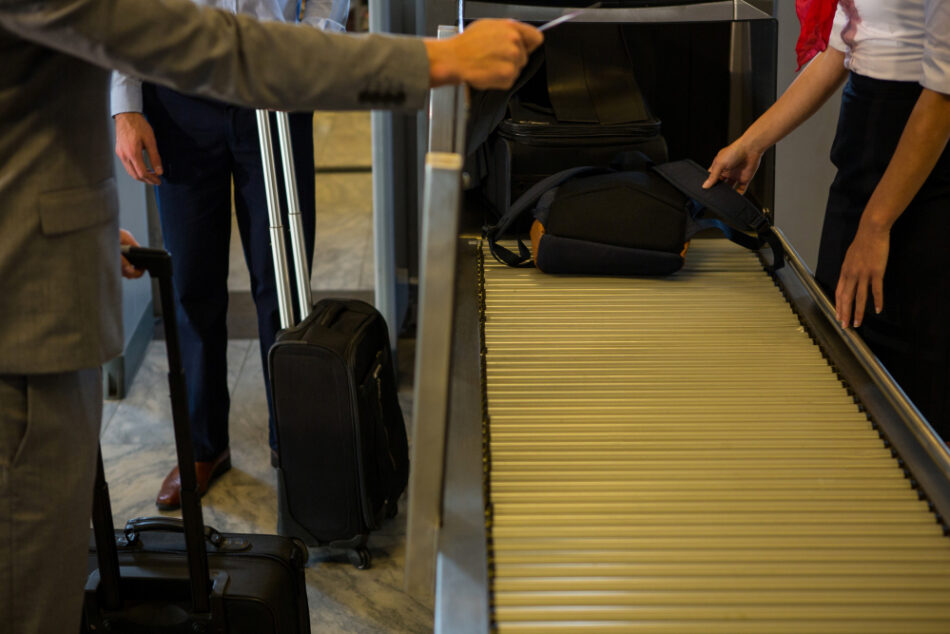In today’s world, security has become an indispensable part of daily life, especially in areas with high human traffic such as airports, border crossings, public events, and sensitive government or corporate facilities. Among the various tools deployed to ensure public safety, the X-ray Camera Scanner stands out as a critical technology. By enabling thorough and non-invasive inspection of luggage, parcels, and cargo, advanced X-ray camera scanners significantly enhance security screening processes, helping detect threats and contraband efficiently and accurately.
The Role of X-ray Camera Scanners in Modern Security
X-ray camera scanner use sophisticated imaging technology to provide detailed internal views of objects without the need to open or physically inspect them. This capability is crucial in detecting hidden items such as weapons, explosives, narcotics, or other prohibited materials. The scanners operate by emitting X-ray beams that penetrate objects and generate images based on the varying absorption rates of different materials. This creates contrast in the images, allowing operators to distinguish between metals, plastics, organic materials, and other substances.
What sets advanced X-ray camera scanners apart is their enhanced imaging resolution and the integration of smart software algorithms. These innovations improve the clarity of scanned images and assist operators in quickly identifying suspicious items. Automated threat detection features reduce human error and improve the speed of screening, crucial in busy environments where efficiency and accuracy are equally important.
Enhancing Safety Across Diverse Applications
The impact of advanced X-ray camera scanners is visible across a wide range of security-sensitive environments. In airports, these scanners form the backbone of passenger and baggage screening. They enable security personnel to inspect carry-on bags and checked luggage thoroughly, ensuring that dangerous items do not make their way onto aircraft. The ability to detect a broad spectrum of threat materials—ranging from sharp objects and firearms to concealed explosives—makes these scanners indispensable for aviation security.
Similarly, border control agencies rely on X-ray camera scanners to inspect cargo containers, vehicles, and parcels entering a country. Given the volume of trade and movement across borders, manual inspection is impractical and inefficient. Advanced scanning technology speeds up the inspection process while maintaining a high level of security vigilance. This helps prevent smuggling, trafficking, and the illegal importation of contraband or hazardous materials.
Public venues such as stadiums, concert halls, and government buildings have also adopted X-ray camera scanners as part of their security protocols. The ability to screen bags and parcels quickly at entrances without causing delays or inconvenience to visitors enhances both safety and user experience.
Technology Behind Advanced X-ray Camera Scanners
The effectiveness of X-ray camera scanners stems from a combination of hardware advancements and sophisticated software enhancements. Modern scanners use high-frequency X-ray sources and sensitive detectors that can generate images with exceptional detail. Some systems employ dual-energy X-ray technology, which distinguishes between organic and inorganic materials by analyzing the differential absorption of X-rays at two energy levels. This helps operators identify explosives or drugs hidden within complex packages.
Additionally, 3D imaging capabilities are becoming increasingly common, providing operators with multi-angle views of scanned objects. This three-dimensional visualization aids in better understanding the internal layout of complex items, reducing the chance of false alarms and unnecessary manual checks.
Software plays a crucial role by incorporating artificial intelligence and machine learning algorithms to analyze images and highlight potential threats. These algorithms are trained to recognize patterns or shapes typical of weapons, explosives, or prohibited items, alerting operators for closer examination. Over time, the software adapts to new threat types and improves detection accuracy, making the system more reliable.
Balancing Security and Efficiency
One of the most significant challenges in security screening is balancing thoroughness with operational efficiency. Excessive manual checks can cause long queues, traveler frustration, and increased operational costs. Advanced X-ray camera scanners address this challenge by enabling rapid screening without compromising safety standards.
Real-time image processing and automated alerts allow security staff to focus their attention where it matters most, accelerating the overall flow of passengers and cargo. This efficiency is essential in busy transport hubs where delays can have cascading effects on schedules and customer satisfaction.
Moreover, the non-intrusive nature of X-ray scanning enhances privacy and convenience, as individuals do not have to unpack their belongings for physical inspection unless a threat is detected. This improves the experience for passengers and other users, encouraging compliance with security procedures.
Conclusion
Advanced X-ray camera scanners have become an essential pillar of modern security infrastructure. By providing detailed, real-time imaging of luggage, parcels, and cargo, they empower security agencies to detect concealed threats efficiently and accurately. Their integration into airports, borders, public venues, and other critical points ensures safer environments for millions of people every day.
As technology continues to evolve, these scanners will become even more sophisticated, combining powerful imaging with intelligent analysis to stay ahead of emerging threats. Their role in safeguarding lives and property makes them a vital investment in a world where security challenges are ever-changing and increasingly complex.
By prioritizing the deployment of advanced X-ray camera scanning systems and investing in operator training and system integration, authorities can build a safer, more resilient future—one where security measures work seamlessly behind the scenes to protect all.








